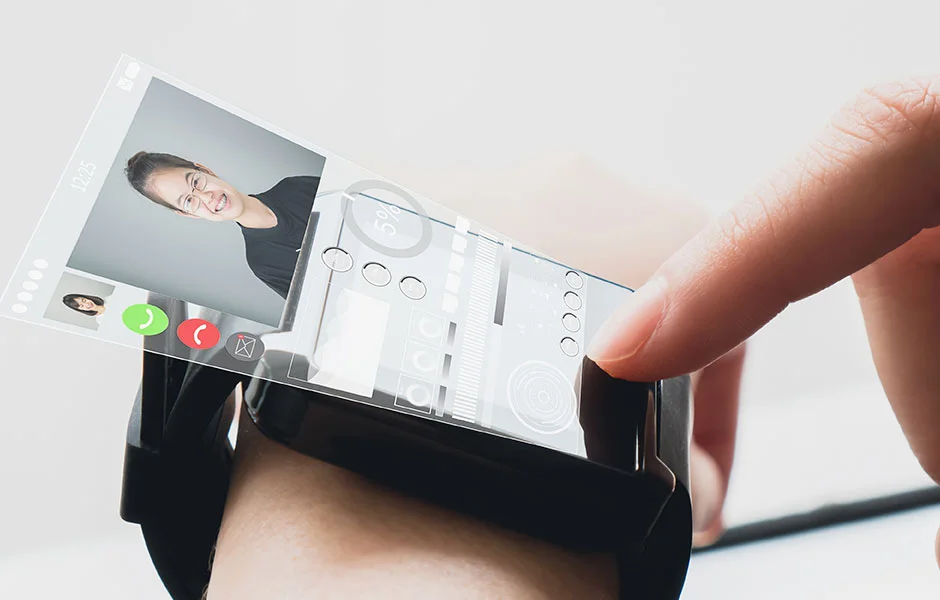The customer has always been king, but in the pharmaceutical industry, some would argue they haven’t been treated to such a royal standard. With technology advancing, pharma must ensure it injects the human touch into digital interactions
Words by Jade Williams
The pharmaceutical industry has come on leaps and bounds in its dedication to customer experience in recent years. Otherwise known as CX, this crucial facet of customer care has become particularly important as the industry’s omnichannel strategies have advanced following the COVID-19 pandemic.
The preferences of healthcare professionals, and by extension patients, have evolved to be more digitally focused, and they are now seeking slick experiences across all digital channels they are exposed to. The touchpoints that are bolstered by a humanised, personal touch are particularly impactful, and the pharma industry must prioritise these if it hopes to keep up in the digital world.
The time is ripe
Everyone in the world is a customer. Multiple times a day, people purchase goods and utilise a myriad of services. Over time, they have come to expect the same high standard of CX on digital channels as they do in the real world.
According to Salesforce’s ‘Connected Shoppers’ report, published in 2021, 88% of customers stated the experience a company provides is just as important as its product or services – an 8% rise from 2020. Therefore, if CX is important to a customer with a plethora of options at their fingertips, manufacturing a humanised digital experience could be key to winning them over.
Daniele Domenico Stragapede, Customer Experience and Innovation Director, Chiesi, explains: “We are all humans after all. We live experiences, we build emotion, and, at the end of the day, we make judgments about the brands with which we interact.” Speaking at the NEXT Pharma Summit’s NEXT Normal event, he believes it is certainly time for pharma to take its digital CX efforts up a notch.
Look at the different spheres of influence and start with the smallest number that may have the largest influence
Also joining the discussion at NEXT Normal, Mark Benthin, Founder and CEO, Viihealth, agrees, offering: “We’re now just getting to the point where digital channels can truly embrace the entirety of what they could do because of bandwidth improvements and the personal acceptance of digital.” Implementing a humanised touch has never been more needed – or more achievable.
Mediums of personalisation – be it initial touchpoints over the phone rather than an email from field teams or direct MSL check-ins – can create an incredibly heightened sense of humanisation, which has the potential to lead to more fruitful interactions with customers. “Over the next 10 years, the kinds of conversations that should be able to be held via digital channels will be those that generate the most emotional connections for all of the customer types going forward,” Benthin suggests.

Striving for change
Speaking about his experience leading a CX team at Chiesi, Stragapede recommends pharma companies set up forums of different divisional heads, managers and representatives of alternating functions to work out where gaps exist and how to fill them with new initiatives. A good starting point, he says, is for the team to establish and be aligned on the values surrounding initiatives to ensure new offerings are driven by the right motivations.
According to Stragapede, the importance of purpose should be drilled into employees from the moment they join a company. He argues that companies “should start recruiting empathetic people – people that are passionate about the life science industry” to ensure they are aligned, motivated and wired to deliver only the best customer experiences. “We should make sure that our employees are aware of the expectation of the company in terms of building memorable experiences for our customers,” he elaborates, in the hope that this will encourage staff to prioritise humanised customer care in both face-to-face and digital interactions from the outset.
Furthering these points, Youssef Idelcaid, Head of Data Science, Commercial, Medical and Government Affairs, Genetech, comments that pharma must revisit its approach to customer personas, too. “Segmentation of personas in the pharma industry has been very legacy based on volume only, compared to what retail is doing, which is very, very granular,” he notes. He argues for the creation of personas based on “internal and external data in a multi-dimensional way of creation, with personas that shop based on their need and emotions” rather than vanity metrics. The strategy of one-size-fits-all will not work here, and, as such, companies should stray away from generic personas and turn toward individuals instead, thus giving humanity back to the personas created.
A short hop to humanisation
It is important to align internally, but Benthin suggests companies adjust the content they are sharing with stakeholders to increase the human touch, too. By abandoning basic PDFs and harnessing key opinion leaders, he raises as an example, there could be a quick win for achieving customer satisfaction. “Look at the different spheres of influence and start with the smallest number that may have the largest influence,” he recommends.
This idea demonstrates that implementing levels of humanity to digital isn’t about “boiling the ocean”, as Bethin says, but rather about taking small steps towards doing what is best for pharma’s customers to make them feel cared for and valued.
Retaining a human touch in an increasingly digital world may sound like an arduous task, but it is an essential one to undertake to keep up with customer expectations. The high standard for digital customer experience may have been met during the pandemic, but this must now be taken a step further. Digital interactions must be further humanised to bring personal connection to the forefront, helping pharma’s customers truly feel valued from behind the screen.










